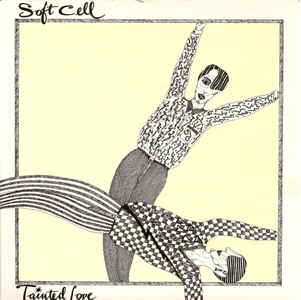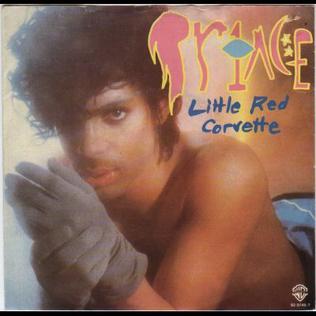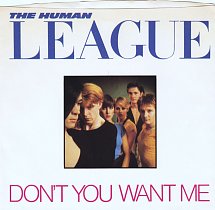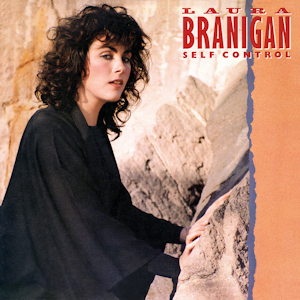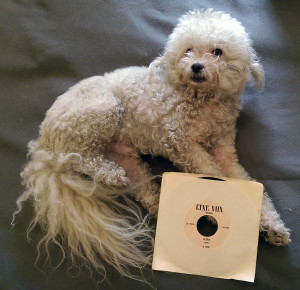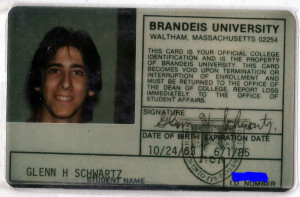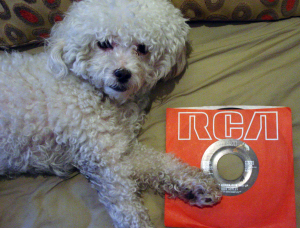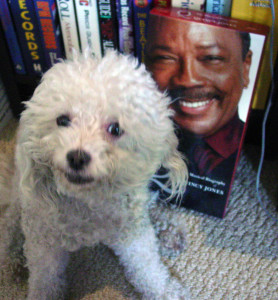Nineteen eighty-two was a musical kaleidoscope. New wave, punk, rap, and pop collided in glorious ways, creating a year of iconic sounds that still resonate today. Synth-pop rose to prominence, rock anthems solidified their place in our hearts, and the pulsating beats of new wave and post-disco ruled dance floors and radio waves alike.
It was the year that brought us iconic songs and sounds that still resonate today, like Soft Cell’s “Tainted Love,” a synth-pop masterpiece, and The Human League’s “Don’t You Want Me,” a song so ingrained in our collective consciousness it practically begs to be sung along to. Both are emblematic of the New Wave movement that dominated the airwaves.
New Wave wasn’t the only game in town, though. Rock received a shot of adrenaline with Joan Jett’s “I Love Rock N’ Roll,” a fist-pumping reminder of the genre’s enduring power. Queen and David Bowie delivered the masterpiece “Under Pressure” – a testament to the power of collaboration (and maybe a metaphor for the year itself!). Meanwhile, Bruce Springsteen’s “Atlantic City” offered a poignant look at the working class experience.
The year also marked a significant moment for hip-hop with Grandmaster Flash & The Furious Five’s “The Message,” a track that brought social consciousness to the forefront, laying down the reality of urban life with a beat that demanded attention.
Laurie Anderson’s “O Superman” experimented with spoken word and electronic sounds, a heady trip that felt like a message from the future. Afrika Bambaataa’s “Planet Rock” introduced audiences to the future of electro-funk. On the other end of the spectrum, “I’ve Never Been to Me” by Charlene… well, let’s just say it was a unique contribution to the musical landscape.
The Jam’s “A Town Called Malice” captured the youthful angst of British punk, while Madness’ “House of Fun” and Depeche Mode’s “Just Can’t Get Enough” offered a quirky new wave charm.
Pop had its share of fun too. Who can forget The J. Geils Band’s “Centerfold?” There was also the infectious “Jack & Diane” by John Cougar, a little ditty about young love in a small town. The Go-Go’s “We Got the Beat” declared female empowerment with a pop-rock punch, while Stray Cats’ “Rock This Town” brought rockabilly back into the mainstream. Even bubblegum pop got a look-in with Bow Wow Wow’s sugary sweet “I Want Candy.”
Nineteen eighty-two was a year where music embraced the weird, the wonderful, and everything in between. So crank up the volume, dig out your leg warmers (optional), and let this playlist take you back to a time when music wasn’t afraid to experiment and have a whole lot of fun.
Follow Tunes du Jour on Facebook
Follow Tunes du Jour on Twitter
Follow me on Instagram
